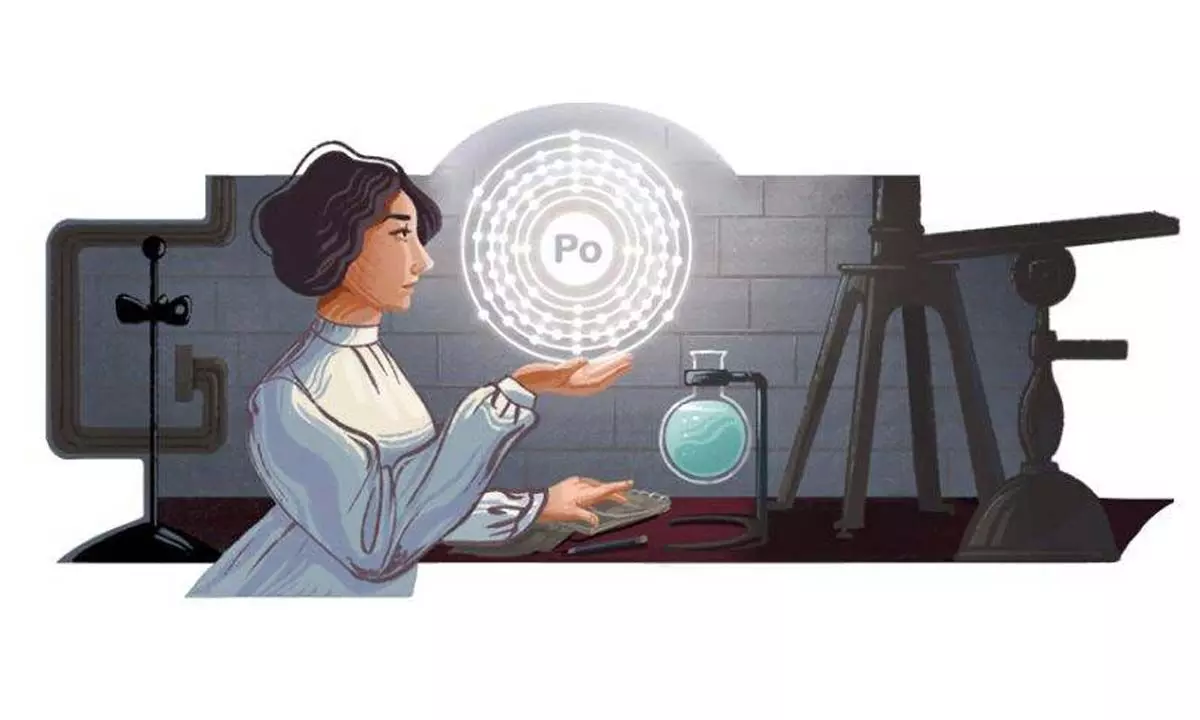Google Doodle pays tribute to Romanian physicist Stefania Maracineanu

Google Doodle pays tribute to Romanian physicist Stefania Maracineanu
Google Doodle celebrates the 140th birth anniversary of the Romanian physicist Stefania Maracineanu, one of the leading women in the discovery and research of radioactivity.
Google Doodle celebrates every significant occasion in its own way, be it birthdays, festivals or any other event. Today, June 18, Google Doodle celebrates the 140th anniversary of the birth of Romanian physicist Stefania Maracineanu. "Today's Doodle honors Ștefania Mărăcineanu's 140th birthday and pays tribute to her legacy," Google said. In today's artwork, Maracineanu can be seen working on polonium (Po) in a chemistry lab. Stefania Maracineanu was one of the pioneer women in the discovery and investigation of radioactivity. Here's everything you need to know about Stefania Maracineanu.
About Stefania Maracineanu
Maracineanu graduated in physical and chemical sciences in 1910 and began her career as a teacher at the Central School for Girls in Bucharest. While there, Maracineanu obtained a scholarship from the Romanian Ministry of Science. She decided to do postgraduate research at the Radium Institute in Paris. The Radium Institute was rapidly becoming a world centre for the study of radioactivity under the leadership of the physicist Marie Curie. Maracineanu began work on her doctoral thesis on polonium, an element discovered by Curie.
During her research on the half-life of polonium, Maracineanu noticed that the half-life seemed to depend on the type of metal it was placed on. This made him wonder if the alpha rays from the polonium had transferred some of the metal's atoms to radioactive isotopes. Her research led to what is probably the first example of artificial radioactivity.
Maracineanu enrolled at the Sorbonne University in Paris to finish her PhD in physics, which she earned in just two years. After working for four years at the Meudon Astronomical Observatory, she returned to Romania and founded the first laboratory in her homeland for the study of Radioactivity.
Maracineanu dedicated her time to researching artificial rain, which included a trip to Algeria to test its results. She also studied the link between earthquakes and precipitation, becoming the first to report that there is a significant increase in radioactivity at the epicentre leading to an earthquake.














